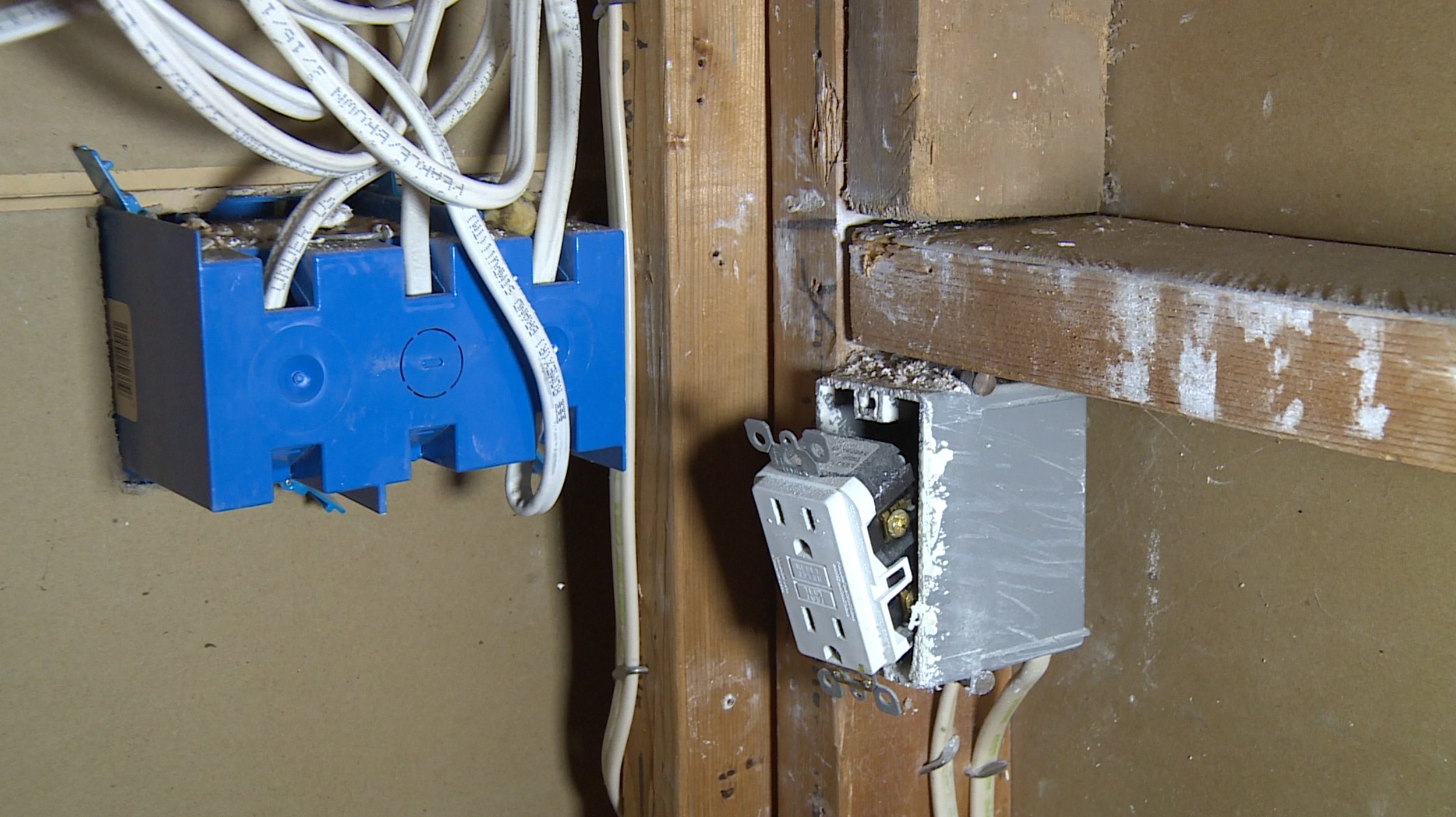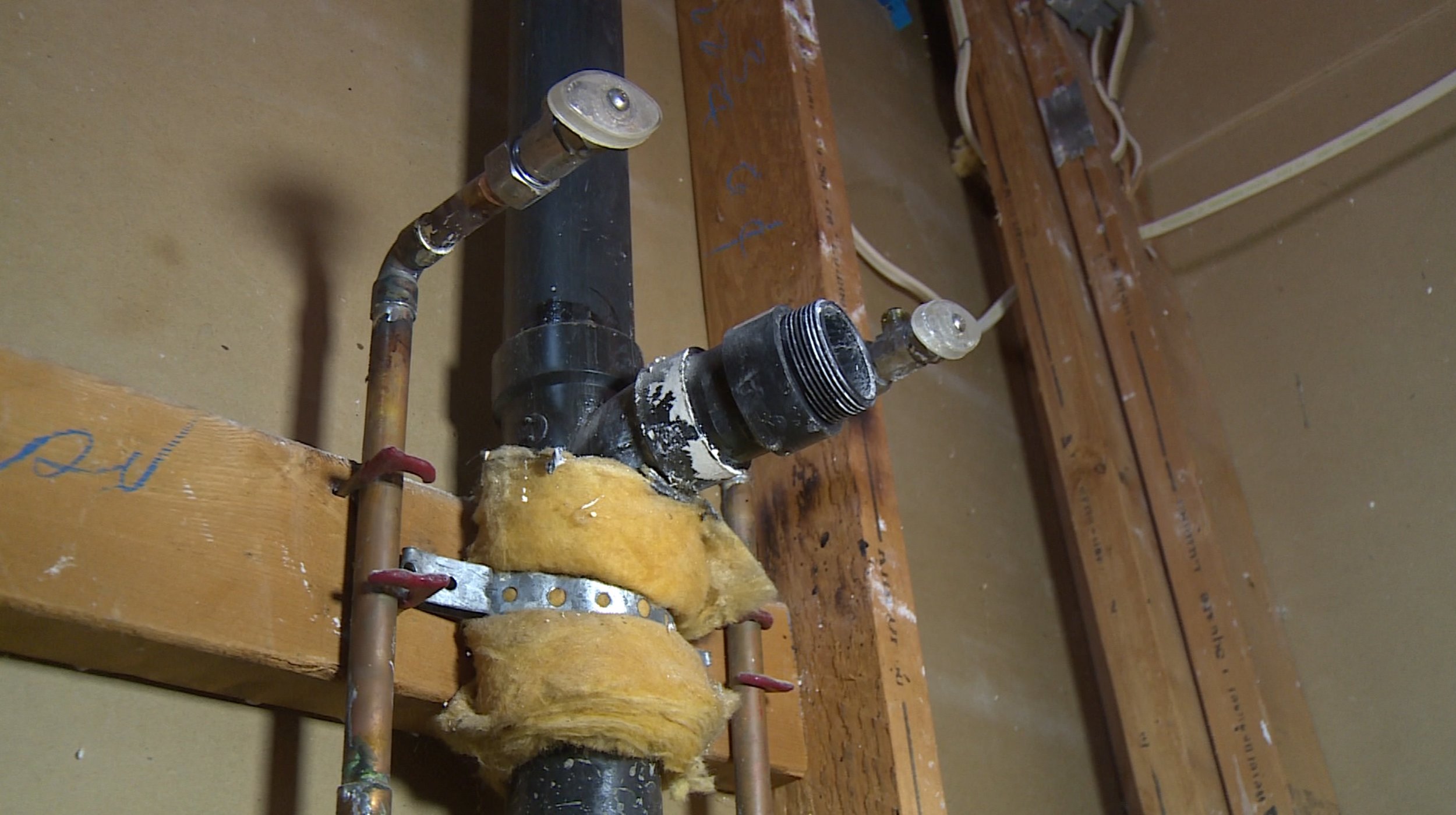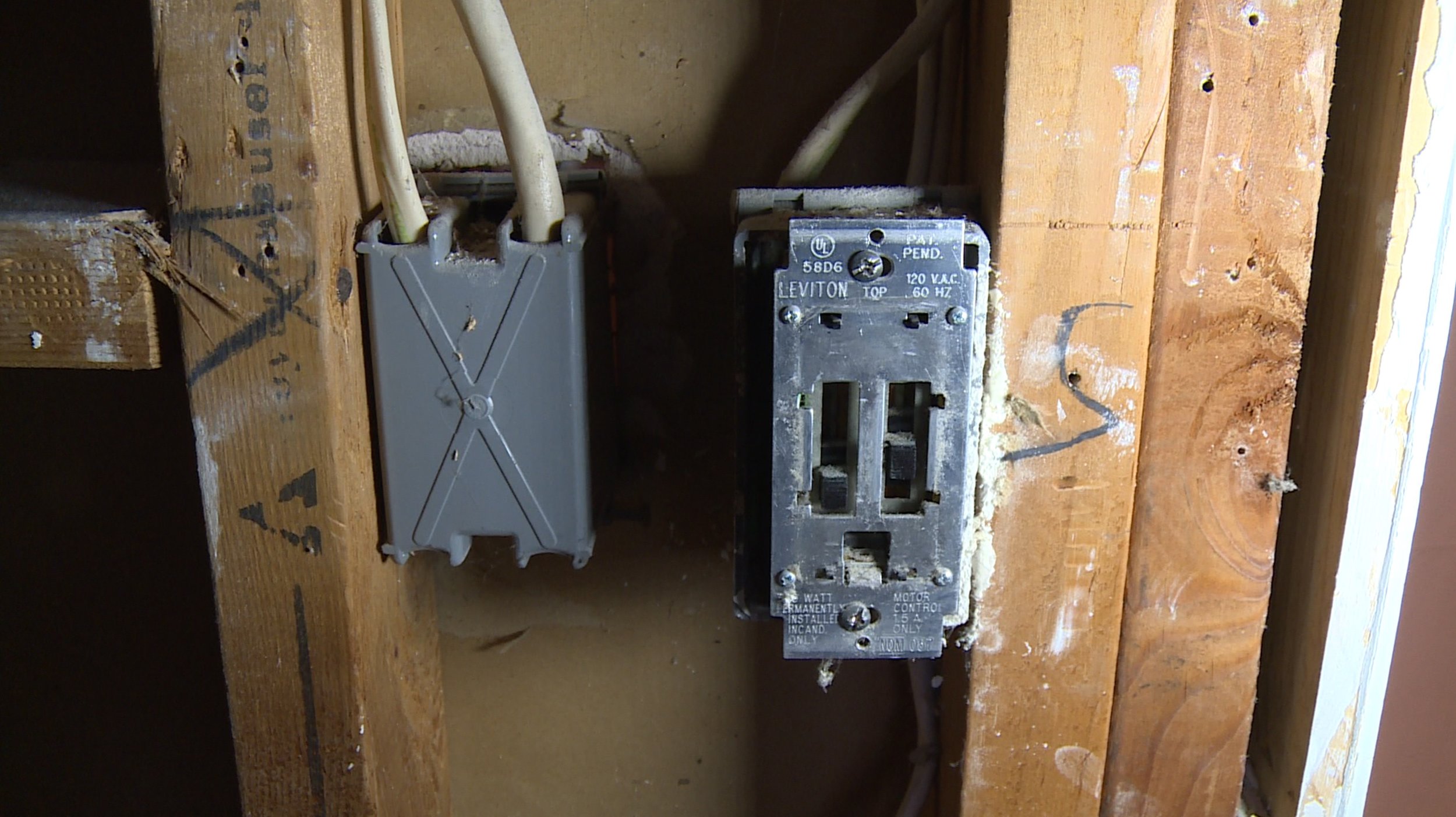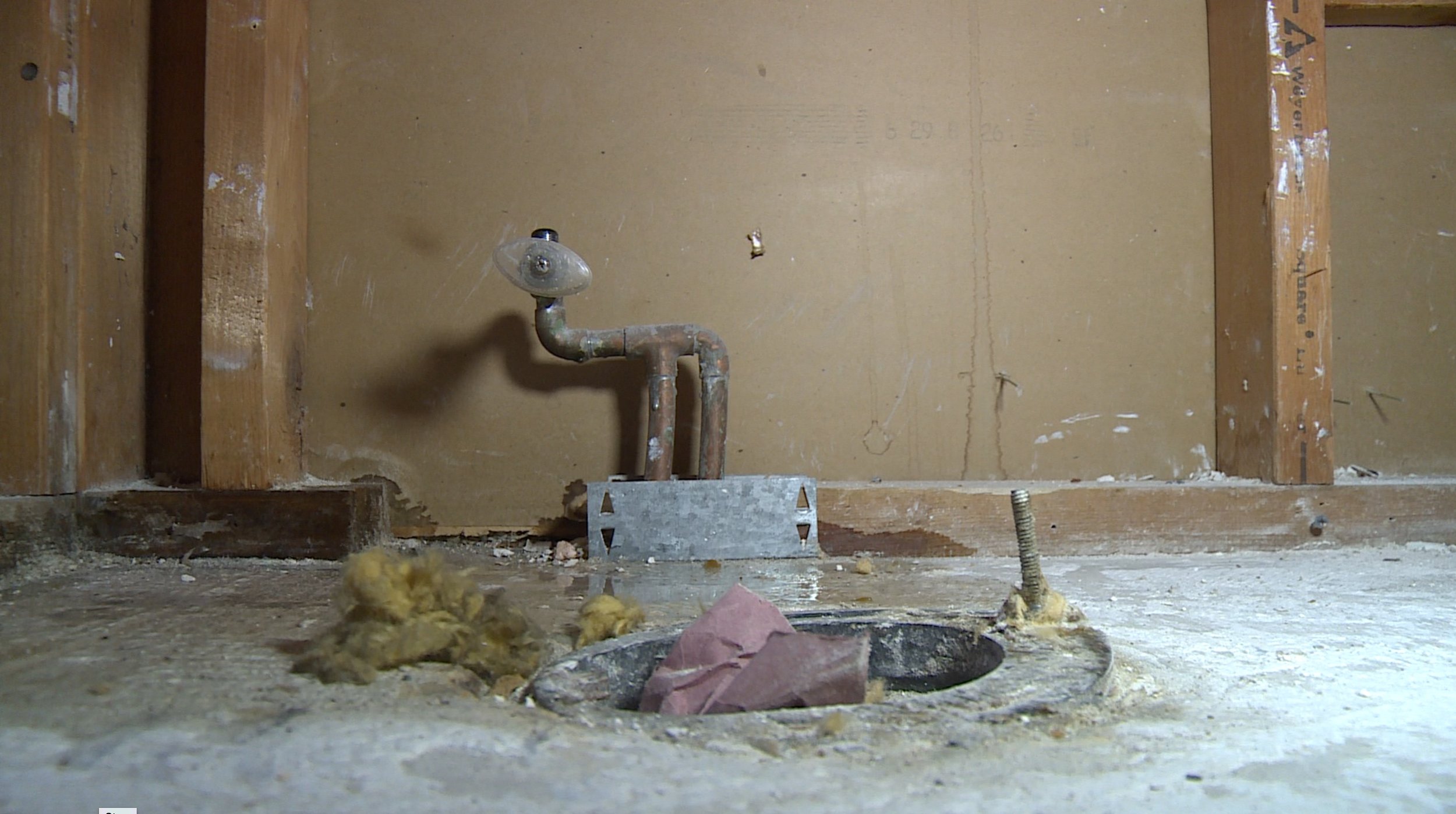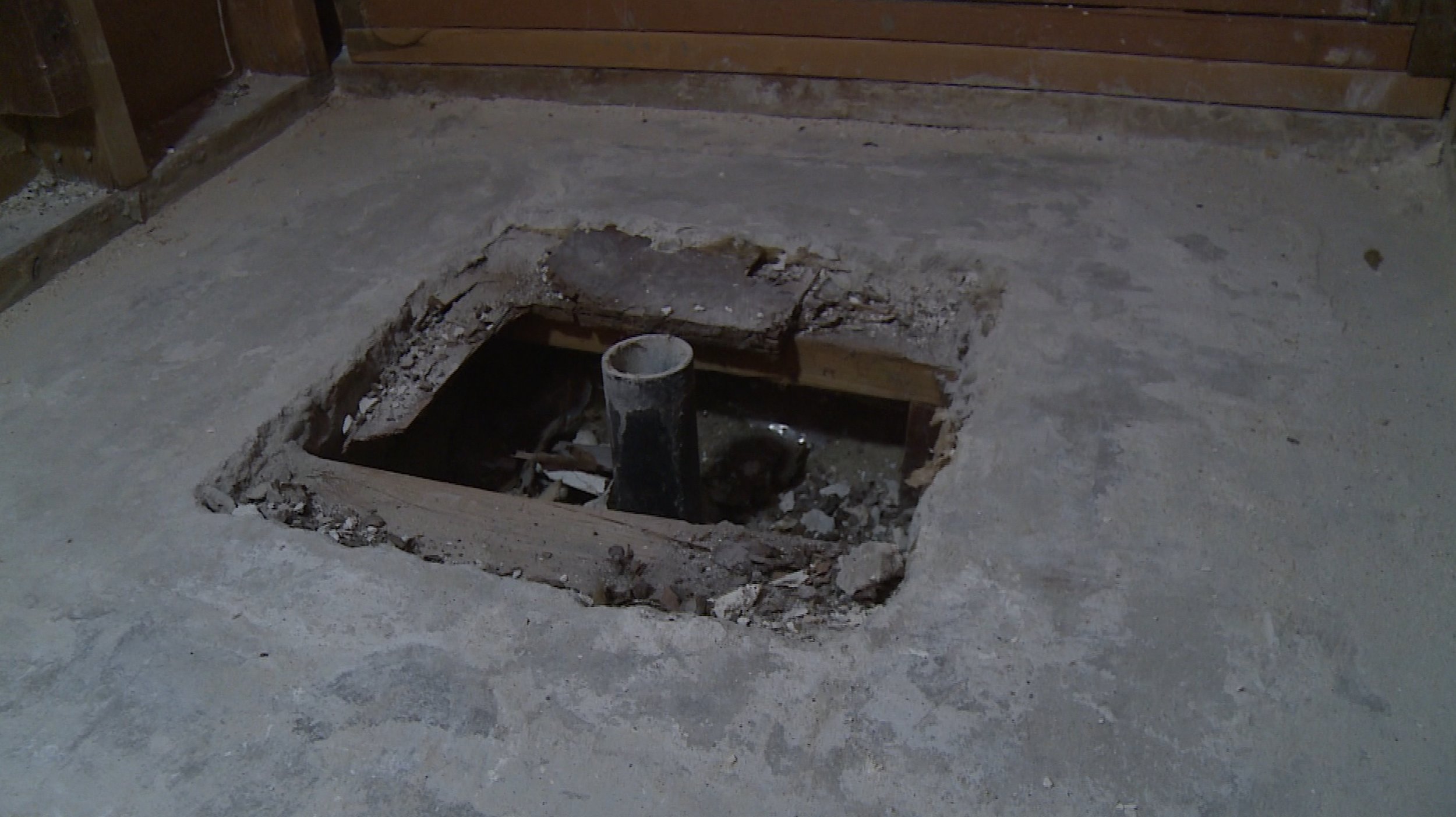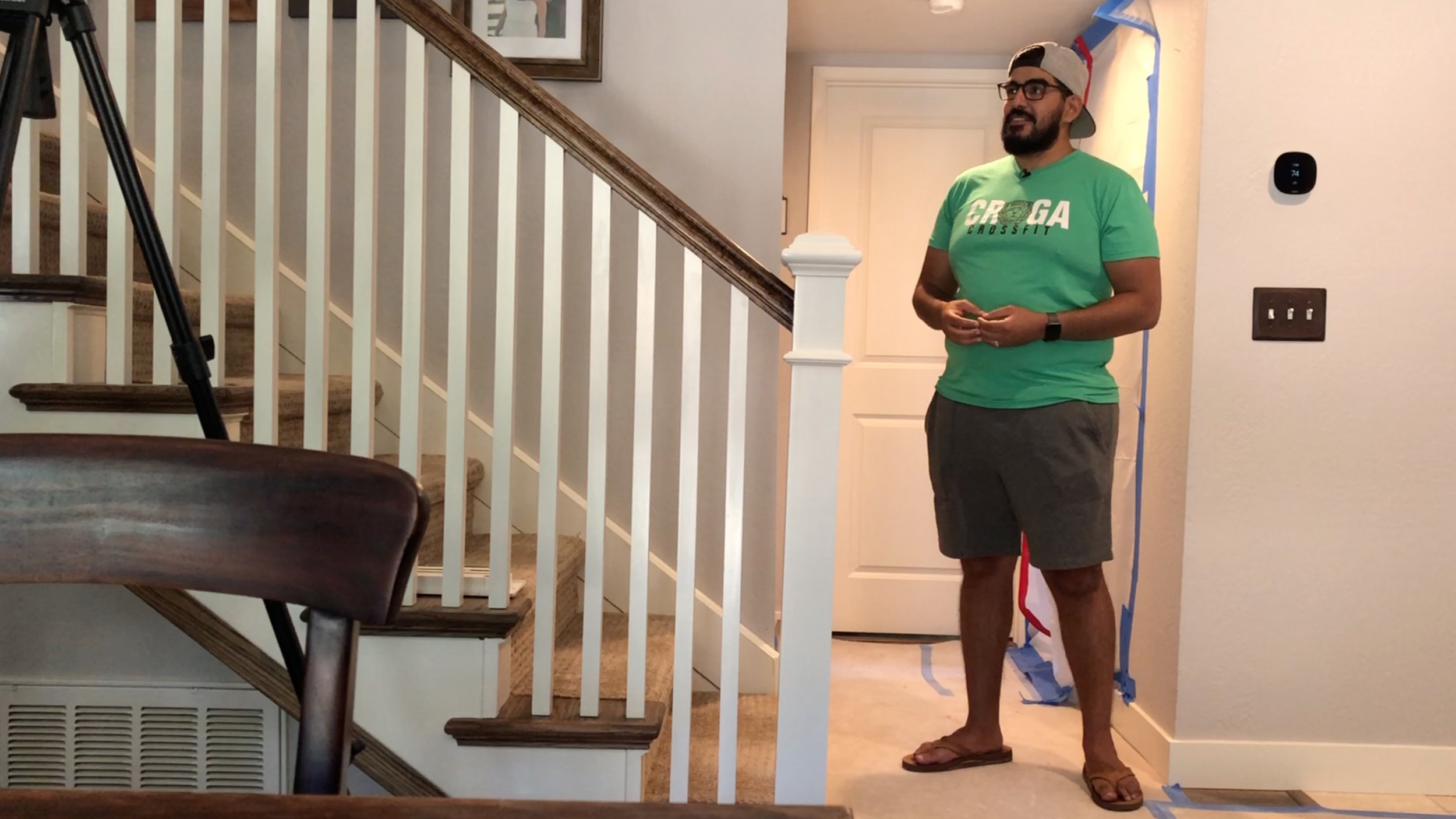Wide, medium, tight tight tight
When shooting video, it's imperative to get tight shots. This is difficult for lots of beginning MMJs, because they feel as though they're intruding when they get close - they feel safer shooting from a distance. But tight shots take the viewer to the story. Notice as you watch a newscast. It's quite likely the most memorable shots are the tight ones; the ones that show you the detail of what you're looking at. Also, tight shots help you with editing. It's hard to find a shot to come after a wide or medium shot in a timeline, because nothing that's in the first shot can suddenly appear or disappear in the shot that follows. When that happens, it's called a jump cut. Here's an example.
So, as you shoot video, keep the title of this blog post in mind: for every one wide and medium shot, get three tight shots.
Today's story was about a family remodeling its bathroom. No big deal. But, as the construction crews tore down the drywall, they found a hidden message left behind by the previous owners of the house. Now that's cool! This easily fit the three criteria I tell my students to look for in a story:
- So what (what difference does it make): Important? Not really. Interesting? Most definitely. Lots of people can relate to this story. It's kind of like finding a message in a bottle on the beach. Intriguing.
- Real people (the people living the story): Of course, the family that found the message.
- Show me, don't tell me (video): the message.
The KPIX assignment desk did a great job of finding the family while I was driving an hour south of San Francisco to San Jose. Once at the house, I realized shooting the video was going to be a challenge. The bathroom where the message was left was tiny. I had little space to turn the camera without bumping into a wall. So my strategy for avoiding jump cuts was to shoot a bunch of tight shots. Any one of these shots can be followed on the timeline by another tight shot or a wide or medium shot. This way I can talk about construction in the story and each of these tight shots allows me to transition to the next one without worrying about a jump cut.
As mentioned in a previous post, Technology - pros and cons, a smartphone can act as a second camera on an interview. It allows you to diversify the shots you get and make it appear as though there are several members in your news crew, as opposed to just one person - you.
Main camera angle.
Second camera (smartphone) angle
Takeaways:
- Tight shots are your friend. Tight tight tight.
- Your phone can add production value to your story with a second interview angle.

